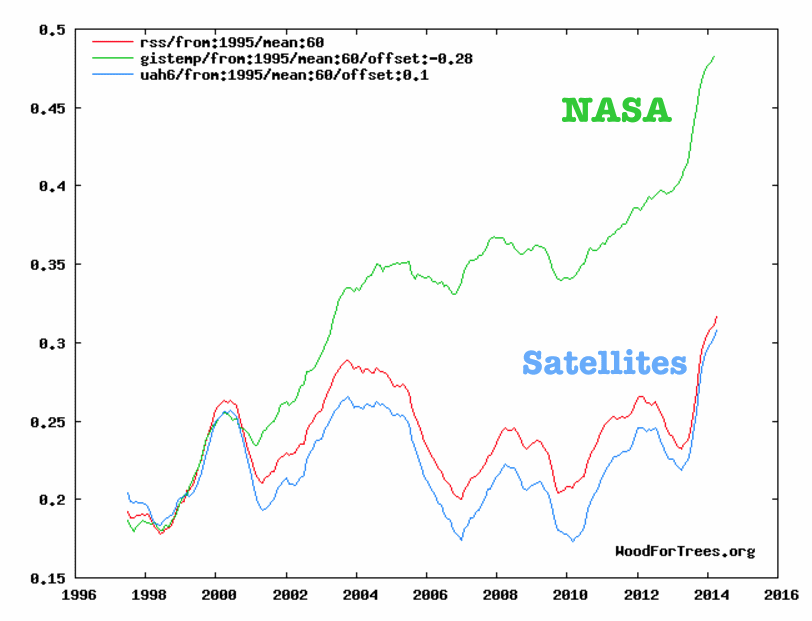And how long has the extreme melt of the Arctic Ice been in progress? It was after 2000 that we began to see the really rapid melt of the Arctic Sea Ice.
Dwindling Arctic Ice : Feature Articles
Evidence of Arctic Warming
Comiso’s new study presents some striking trends. When compared to longer- term, ground-based surface temperature data, the rate of warming in the Arctic from 1981 to 2001 is eight times larger than the rate of Arctic warming over the last 100 years. There have also been some remarkable seasonal changes. Arctic spring, summer, and autumn have each warmed, lengthening the seasons when sea ice melts by 10 to 17 days per decade. Temperatures increased on average by almost one and a quarter (1.22) degrees Celsius (C) per decade over sea ice in the Arctic summer. Conversely, Arctic winters cooled from the 1980s to the 1990s. The study finds that winters were almost 1 (0.89) degree C cooler per decade.




